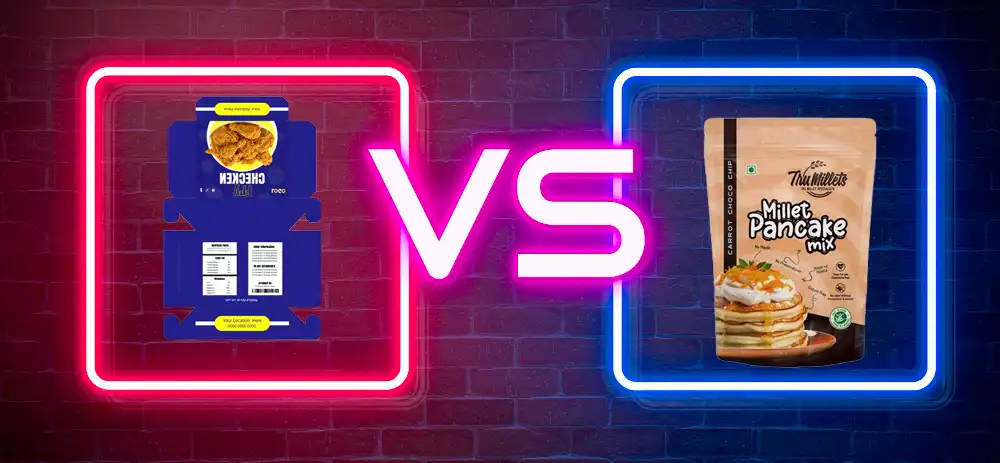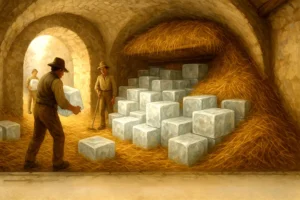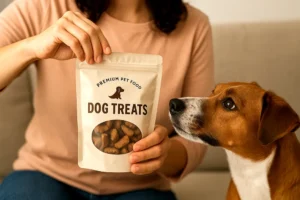How to Choose the Right Pouch vs Box for Food Packaging
Understanding Pouch Packaging vs. Box Packaging
Before diving into the specifics, it’s essential to grasp what pouch and box packaging entails. Pouches are flexible and often made from materials like plastic or foil, while boxes are rigid containers typically crafted from cardboard or paperboard.
The Advantages of Pouch Packaging
Pouches have gained popularity in recent years due to their lightweight nature and versatility. They are often used for snacks, ready-to-eat meals, and various other food items.
The Advantages of Box Packaging
Boxes offer sturdiness and a premium feel, making them ideal for more delicate products or those that require a strong visual appeal. They are commonly used for items like chocolates, gourmet foods, and beverages.
Cost Considerations
Cost is often a primary concern for many entrepreneurs. Here’s how pouch and box packaging compare in terms of expenses.
Initial Investment
Pouch packaging can be less expensive to produce due to lower material costs. For example, the cost of producing a pouch can be around 20-30% lower than that of a box of similar size. However, the actual cost can vary based on material type, design complexity, and printing requirements.
Long-Term Savings
While pouches are cheaper to produce, consider the overall lifecycle cost. Pouches are often more space-efficient, allowing for lower shipping costs and reduced storage space. This can lead to significant long-term savings, especially for large-scale operations.
Shelf Life and Preservation
Another critical factor in food packaging is shelf life. The primary goal is to keep products fresh and safe for consumption.
Pouches and Shelf Life
Pouches, particularly those with barrier properties, can extend shelf life significantly. They protect against moisture, oxygen, and light, making them ideal for products like dried fruits and snacks. For instance, vacuum-sealed pouches can keep items fresh for months, sometimes even years.
Boxes and Shelf Life
While boxes can also provide a decent shelf life, they are often less effective against external factors. Products packaged in boxes may require additional internal packaging, which can increase costs and complexity.
Branding Impact
Your packaging is often the first point of contact with the consumer, making branding an essential consideration.
Pouch Packaging and Brand Identity
Pouches can be customized with vibrant designs and are often associated with modern, innovative brands. They offer a practical way to showcase your product visually, which can boost consumer interest.
Box Packaging and Premium Perception
Boxes are often perceived as more premium, especially when using high-quality materials and finishes. For products targeting a luxury market, boxes can effectively convey a brand’s value and quality.
Logistics and Distribution
Logistics is a vital element in the supply chain, and packaging choice can have a significant impact.
Pouch Packaging in Logistics
Pouches are lightweight and can be stacked more efficiently, reducing transportation costs. They are often easier to handle in warehouses, leading to lower operational costs.
Box Packaging in Logistics
While boxes are bulkier and heavier, they can provide better protection for fragile items during transport. However, this can lead to higher shipping costs and more complex handling procedures.
Key Takeaways
- Pouch packaging is generally more cost-effective and space-efficient.
- Boxes can offer better protection and a premium brand image.
- Pouches often enhance shelf life due to their barrier properties.
- Logistics costs can vary significantly based on packaging choice.
FAQs
What types of food products are best suited for pouches?
Pouches are ideal for snacks, ready-to-eat meals, and dried foods due to their shelf-life benefits.
Are there environmental considerations for pouch vs box packaging?
Both options have environmental impacts. Pouches can be made from recyclable materials, while boxes can utilize sustainable paper sources.
Can I use both pouches and boxes for the same product?
Yes, many brands use a combination of both to target different markets or distribution channels effectively.
How do I choose between pouch and box for my product?
Consider factors like cost, shelf life, branding goals, and logistics before making a decision.
Conclusion
The choice between pouch and box packaging is crucial for any food business in India. By carefully considering cost, shelf life, branding impact, and logistics, entrepreneurs and designers can select the option that best meets their needs. Ultimately, the right packaging can enhance product appeal and contribute to a brand’s success.







